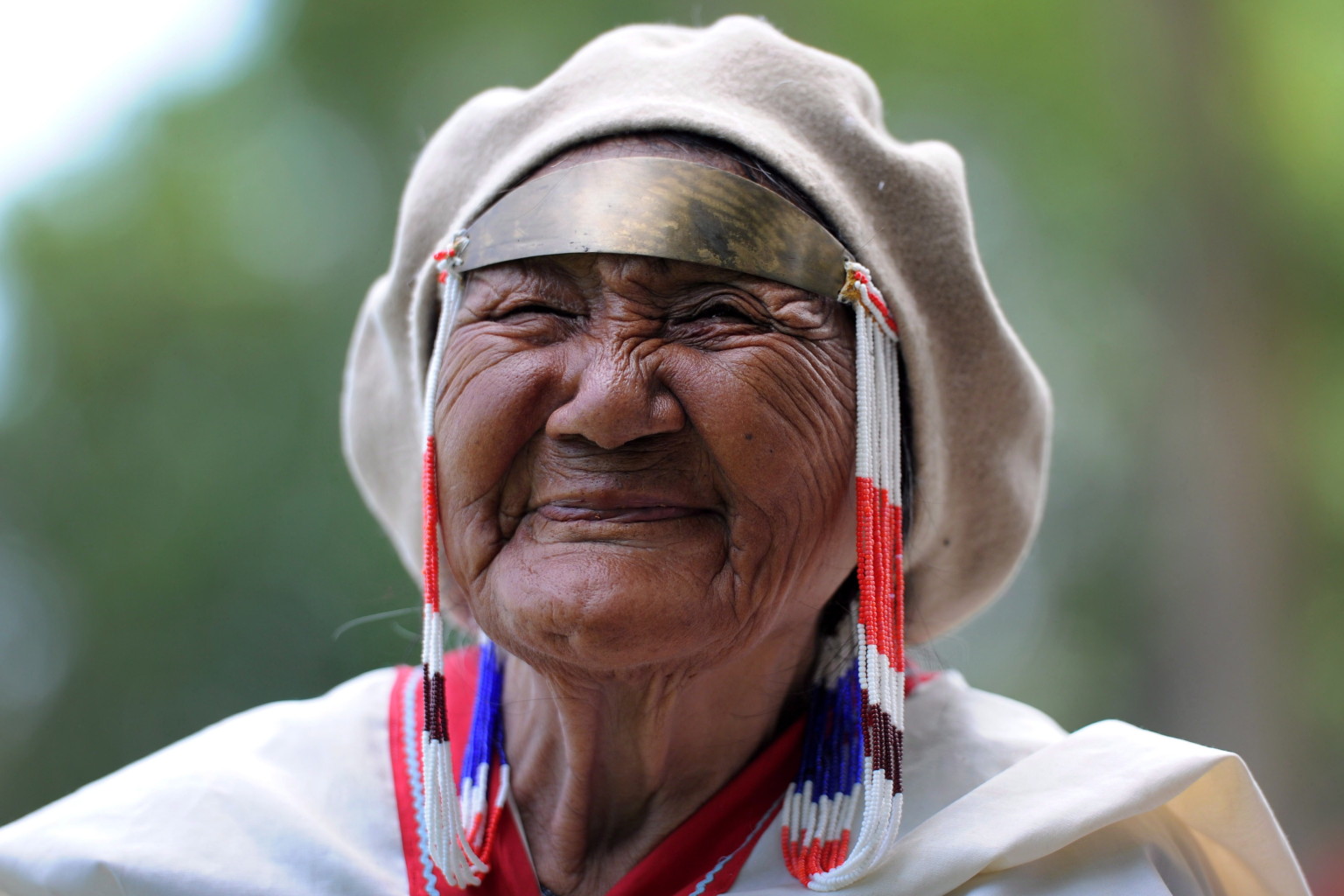·
Way up north at the Queen
Charlotte Islands is the Haida nation.
·
The Nootka occupy the west
part of the Vancouver Islands in the South of Canada.
·
The Tsimshian reside on the
mainland, opposite the Queen Charlotte Islands.
·
The Coast Salish dwell on
the mainland in and around Vancouver and at the eastern seaside of Vancouver
Island.
·
The Bella Coola Nation
lives alongside the Bella Coola Rivers and the Dean and the fjord, where these
rivers enter the Pacific.
·
The Kwakiutl are found in
the North of Vancouver Island and on the mainland located next to it.
(cf. Indian and Northern
Affairs Canada 1990, pp.33,34)
 As there
were so many tribes, there were also many different language families. Often
some nearby located tribes were part of the same language group and their
common language was important for trade. Being of the same language family did
not mean that they had the same culture, whereas same culture did not mean they
had to have same language. However, very often the use of culture and language
were very closed related. In former times there were no classifications for the
different languages. Anthropologists have ranged them with regard to the sound
and the meaning of words. There is a
total of eleven language groups within Canada, but only four on the Pacific
Coast:
As there
were so many tribes, there were also many different language families. Often
some nearby located tribes were part of the same language group and their
common language was important for trade. Being of the same language family did
not mean that they had the same culture, whereas same culture did not mean they
had to have same language. However, very often the use of culture and language
were very closed related. In former times there were no classifications for the
different languages. Anthropologists have ranged them with regard to the sound
and the meaning of words. There is a
total of eleven language groups within Canada, but only four on the Pacific
Coast:
·
Haida
· Tsimshian
· Wakashan: spoken by the Nootka and the Kwakiutl
· Salishan: spoken by the Coast Salish and the Bella Coola
· Tsimshian
· Wakashan: spoken by the Nootka and the Kwakiutl
· Salishan: spoken by the Coast Salish and the Bella Coola
(cf. Indian and Northern Affairs Canada 1990,
pp.33,34)


No comments:
Post a Comment